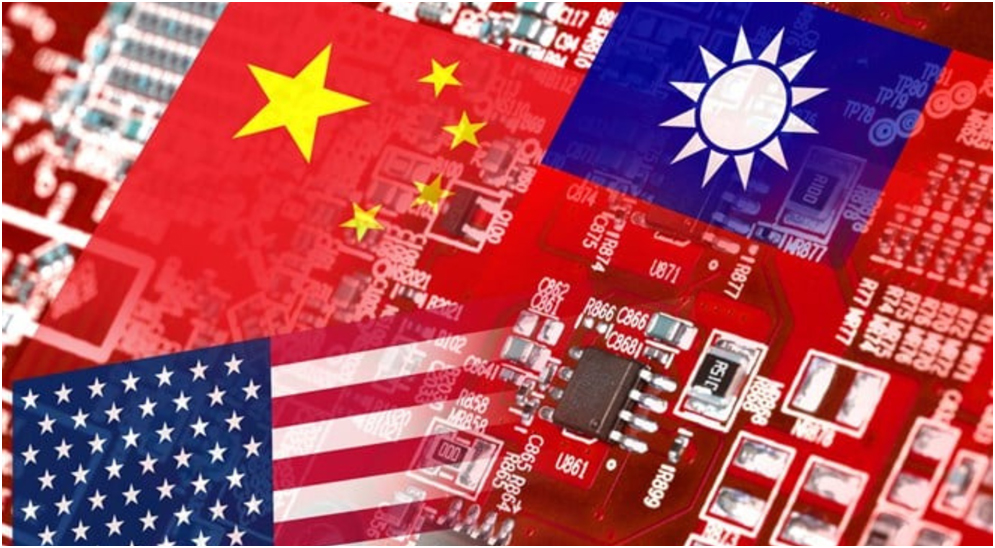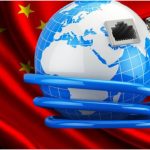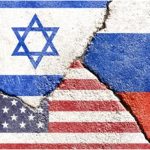Looking into the Concept of Deterrence
The issue of deterrence is associated with Taiwan and it has been covered extensively by the existing literature. Deterrence is usually defined as the status quoist state possessing the retaliatory capability to inflict costs that outweigh the benefits on a state that seeks to change the status quo. For instance, the U.S. deterrence in the Taiwan Strait requires that Chinese leaders believe that the U.S. can use its military capabilities effectively in a war in the Taiwan theatre and that it can inflict sufficient costs on China that outweighs the benefits of unification through war. To put in simple words, deterrence is the act of ‘discouraging an adversary from taking unwarranted actions, especially military aggression’.
However the inherent issue with deterrence is that it is not constant. The interests of the deterrer are supposed to fluctuate in accordance to self-interests and vital alteration in the international structure. Much of the deterrence over Taiwan is shaped by the evolving deterrence dynamics between the U.S. and China.
The power dynamics between the U.S. and China has changed that the U.S. interest to intervene on the behalf of Taiwan is no longer sufficient to deter China as the latter has grown militarily. Additionally even if there is strategic clarity on the part of the U.S. regarding Taiwan, the former cannot act in complete support of the latter because it has not yet recognised Taiwan as a sovereign state. The Trump administration 2.0, on the other hand, has come up with negative remarks about Taiwan and the potential tariffs targeting semiconductors. Beijing has also been testing the national defence of the island state. So apparently, the debate around deterrence has moved beyond the dynamics of the U.S. and China’s interests on Taiwan to the latter’s self-interest in this current order which is in flux. The time has come for Taiwan to re-evaluate its relations both with the U.S. and China.
Dilemmas of a Tech Powerhouse
Looking from the realm of high technology and the ongoing tech-war, there is a possibility that Beijing might gain control over Taiwan’s semiconductor fabrication capability. If this takes place, then it would fulfil China‘s commitment toward unification of the People’s Republic of China. On the other hand, it would undermine the U.S.’s credibility. In addition, the strategic argument that the “loss” of Taiwan to undemocratic China would threaten the U.S.-led liberal international order and hence global stability overall is equally overblown. There is also a third dimension which is involved i.e. the interest of Taiwan. Taipei occupies a pivotal position when it comes to Critical Information & Technology (CET) especially in terms of semiconductor manufacturing. The trade war which was later channeled into tech-war by the Trump administration 1.0 against China, gave much impetus to Taiwan’s semiconductor companies to boost its production for the global market.
Apart from other East Asian states like Japan and South Korea, Taiwan has successfully established a strong hold over the global value chain of semiconductor. What worked for Taiwan was the fact its technological innovation and development was not seen as a threat to national security by any states globally.
Nevertheless, given the current precarious situation, any kind of attack on Taiwan by China or imposition of tariff on Taiwan’s semiconductor company by the Trump administration 2.0 is going to jeopardise the global value chain of semiconductor. On the other hand, Taiwan is both dependent on the U.S. for the upstream of the value chain and China for its vast market. In addition, several Taiwanese tech firms act a major contributor to Chinese firms and factories.
In the current times, there is a global trend to localize the global supply chain of semiconductor specifically led by the U.S. so as to avoid risks associated with any kind of disruption of the supply chain. The trend to localize the U.S.’s semiconductor production was carried forward by the former Joe Biden administration. The passing of the US$280 billion CHIPS and Science Act intends to promote domestic semiconductor production in the U.S.
But the question is whether all the nodes of the global value chain of semiconductors are located in only one state? Definitely not. All the states have for long taken the advantage of globalisation of technology and hence has resulted in complex interdependence. In this case, the U.S. commands a leading position in designing and providing the software for high-end chips for AI technologies wherever the production of chips takes place offshores.
However, the key question which remains is how the Taiwan Semiconductor Manufacturing Company (TSMC) and Foxconn , two of the major companies which immensely contribute to Taiwan’s Gross Domestic Product (GDP); is going to survive the onslaught from the Trump administration’s tariff. As of the year 2023, 40% of Taiwan’s export consisted of semiconductors. Since Taiwan’s economy is export-oriented, it is highly susceptible to external shocks and disruptions. Any change in situation will demand shifts in policy orientation. Already during the tech-war between the U.S. and China, Taiwanese tech companies had been compelled to reduce their exports to China. However despite the recent alteration in strategic calculations, the ongoing trade war between the U.S. and China and the larger tariff war, Taiwan’s TSMC has achieved a growth of 22% in April 2025.
Deterrence is Weakening – How?
Under the wake of the ongoing tariff war, protectionism and relocation of markets, the TSMC has announced US$100 billion investment in the U.S. for making chips for semiconductor. The company plans to set up three production facilities in the U.S. along with a chip plant and a research and development center. This initiative was met with mixed reactions from the people of Taiwan. Under the prevailing scenario, the Taiwanese tech companies are compelled to relocate offshore, although not entirely. In the meantime, the Taiwan’s President Lai-Ching-te has proposed to boost up its defence expenditure upto three percent of its GDP and also to import natural gases from Alaska. This suggests that there is a growing security disinterest from the U.S. in regard to Taiwan. Hence, the Taiwanese deterrence which was previously set against China is now weakening. The possible implication of such an uncertain scenario has acted as a push factor for Taiwan and its tech companies to pursue alternative policies.
On the other hand, the results from these proposed investment plans and geopolitical changes will be seen gradually, but it will be difficult for the U.S. to detangle itself from the global supply chain of semiconductor which is currently dominated by Taiwan.
Yet another aspect of Taiwan’s semiconductor industry is that the semiconductor industry acts like a critical strategic asset. Taiwan’s chip sector is referred to as huguo shenshan (guardian mountain of the nation) The island’s role as the world’s most advanced chip producer has created an unspoken security guarantee, as its survival matters to the global economy. The recent TSMC’s investment can be looked at from the perspective of how by embedding Taiwan into the US economy, its security will become a priority. However, the question remains whether economic investment by Taiwan can shield it from the growing security uncertain environment.
The recent protectionism trend has also pointed at the unfurling of the “Taiwan Plus” approach which would affect Taiwan’s dominance in the global value chain. Nevertheless, Taiwan is well aware of the cost of losing its prominence in the global value chain. On 13th May 2025, the TSMC approved US$15.25 billion for capital expenditure which will target upgrades in advanced technology, packing capacity and the construction of new fabrication facilities. Therefore, it can deduce that the tech giant has not only started to pursue overseas tech investment but is also trying to boost its domestic production. Moreover, Taipei cannot afford to lose hold of its strategic shield which not only assures future security but it is also a way to assert its independence despite the continuing pressure and threat from China. The ongoing global constraints has compelled Taiwan to relook at its existing policies and diversify the same. Therefore, in the face of changing deterrence it is time for Taiwan to secure its self-interest and continuing dominance in the global value chain.




